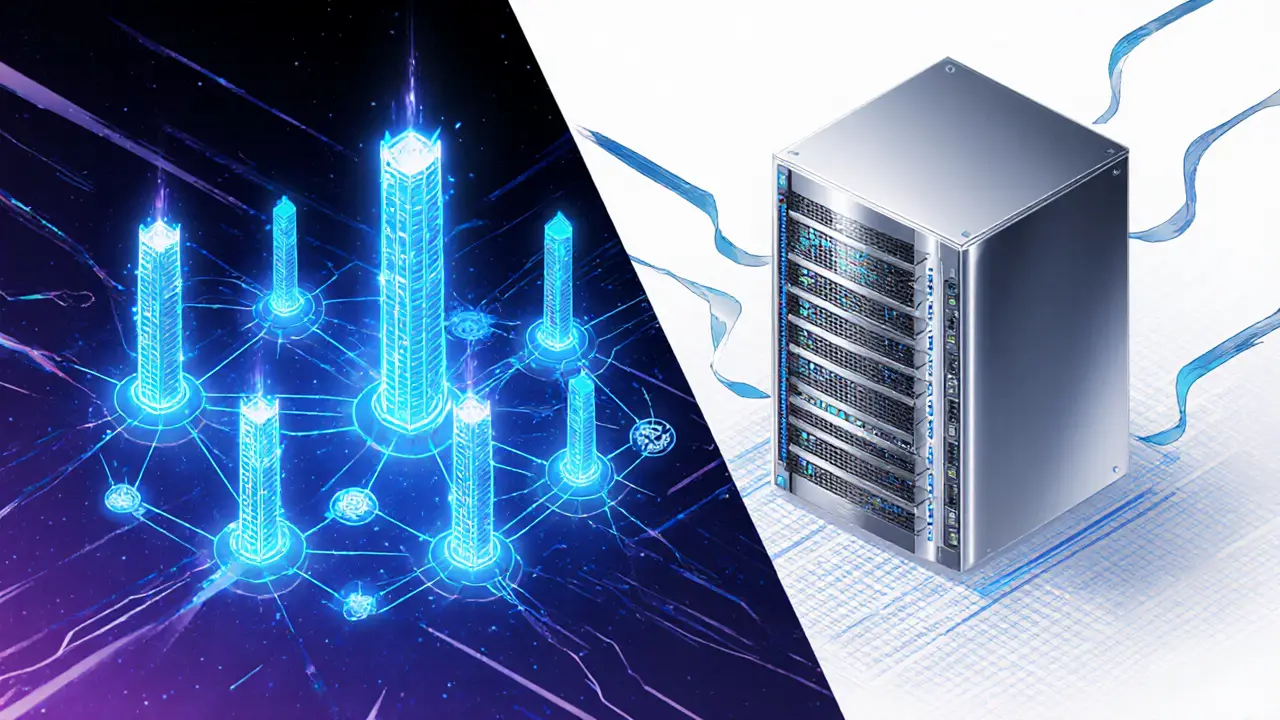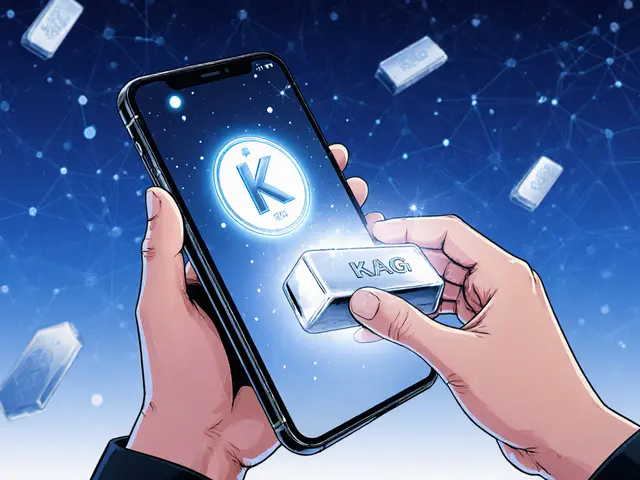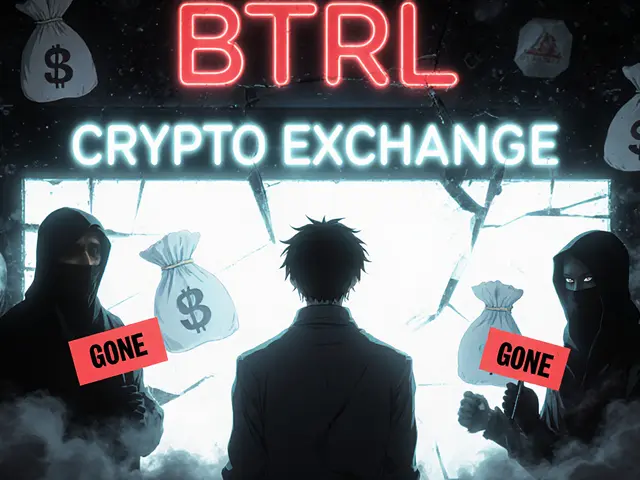Decentralization: What It Means and Why It Matters
When you hear the term decentralization, you’re really hearing about the shift of power away from a single authority toward many participants. decentralization, the process of distributing control, data, or decision‑making across a network rather than a single point. It’s also called distributed governance and it underpins most of the innovations you’ll see in crypto today.
Take mining pools, groups of miners that combine hashing power to find blocks more consistently as a classic case of centralization pressure. While pools boost earnings, they also concentrate hash power, which can threaten the openness of a blockchain. On the flip side, validator nodes, entities that lock up stake to secure proof‑of‑stake networks and earn rewards embody decentralization by letting anyone with enough tokens take part in consensus. The relationship can be expressed as: "Decentralization reduces the risk of mining pool dominance," and "Validator nodes enable distributed security without relying on a single miner."
Another pillar is decentralized identity, self‑sovereign credentials stored on a blockchain that give users control over their personal data. This technology turns identity from a centralized service into a personal asset, linking privacy, security, and compliance. The rise of decentralized identity shows how decentralization can improve digital authentication while cutting costs for businesses. Meanwhile, CBDC, digital currencies issued by central banks, illustrate the opposite end of the spectrum. CBDCs highlight the tension between state‑run digital money and the open, permissionless ethos of crypto.
Key Attributes and Real‑World Impact
Three core attributes define decentralization: distribution of control, resilience through redundancy, and trust minimization. Distribution means no single party can dictate rules; resilience ensures the network keeps running even if some nodes fail; and trust minimization lets participants transact without needing a middleman. These attributes shape how mining pools, validator nodes, and decentralized identity systems behave. For instance, validator nodes rely on staking incentives (reward attribute) to encourage honest behavior, while decentralized identity uses cryptographic proofs (security attribute) to verify claims without a central registrar.
Understanding these attributes helps you evaluate any crypto project. If a token’s governance concentrates voting power in a handful of wallets, the project leans toward centralization. If a platform lets users run their own validator or wallet and still access the network, it leans toward decentralization. This lens will guide you through the articles below, where we break down mining pool mechanics, validator node setups, identity solutions, and the latest CBDC pilots.
Ready to dive deeper? Below you’ll find practical guides, detailed reviews, and up‑to‑date analysis that explore each of these facets in action.
Explore the fundamental differences between blockchain technology and traditional databases, from architecture and performance to security, cost, and ideal use cases.
Read More





